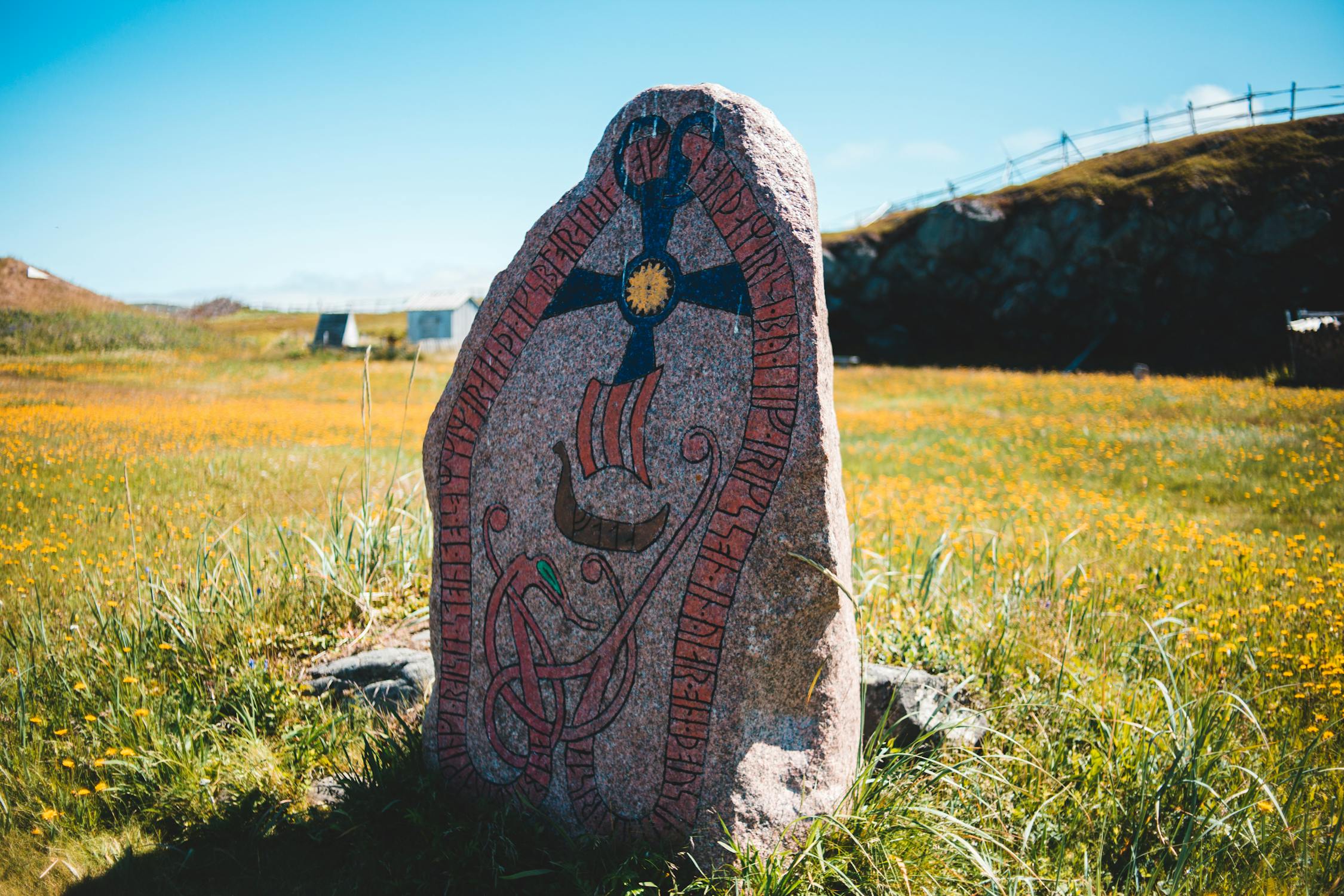
Not many people would say that Viking content is its own bona fide film genre. But when you take a closer look at Viking-centric films (and even Viking-adjacent projects), there are dozens upon dozens to sift through. In fact, a countdown of the best Viking films includes releases from as early as 1928’s The Viking to newer hits as recent as 2022’s The Northman.
There are crossovers, too. 2008’s Outlander, for example, is a sci-fi alien invasion hit that’s set in the Viking era. Other hits like How To Train Your Dragon also bring on hefty fantasy themes, which are restructured through the lens of Viking-era life.
And while the historical Viking era only lasted around a century in its fully-fledged form, it has maintained a strong hold on the public’s imagination. There’s no better way to see that than through pop culture—and the Viking obsession extends beyond film.
Even in the realm of gaming, Vikings have left their mark. For example, the realm of casino slots includes a wide range of callbacks to popular mythologies. Newcomers who haven’t played before tend to explore casino terminology before shopping around for the most popular game: slots. And in the realm of slots, themes like mythology are huge.
East Asian, Ancient Egyptian, and Celtic mythology are some of the leading choices for slot players—but Viking themes take the cake in terms of visibility and popularity. From Ragnarok to Viking Runecraft, players interested in Norse themes have options.
That’s even true in the realm of traditional video games, as recent hits like Assassin’s Creed Valhalla and more experimental projects like Hellblade: Senua’s Sacrifice (which recently saw a sequel release).
Clearly, there’s enough content to keep Viking fans engaged for months. But, why do we love Vikings?

Photo courtesy of Pexels
We romanticize the past
According to writers like Craig Lines, one reason that audiences are so obsessed with Viking content is its historical appeal. When looking at the Viking era (which took place from around 700-900 AD), evidence points to a violent and rugged culture of raiding. On paper, there’s probably not much to like about the Vikings.
But we tend to romanticize the past—especially for groups with iconic and memorable lifestyles like the Vikings. This isn’t unique to Vikings, either. For example, the US’s Wild West era is often remembered with similarly rose-tinted glasses and lauded as extremely impactful—even though this period only lasted for a half-century.
We love to see rebellion play out
Here’s the other thing about the Viking lifestyle: it’s unlike many others. While powerful and raid-centric cultures have dotted the globe for millennia (from Ancient Spartans to the Comanche), the modern world emphasizes order and cooperation. In other words, it’s satisfying for many to see rebellion play out on the screen.
Even better, audiences like to see the script flipped. In other words, rebellious groups aren’t pitted as inimical forces. Instead, the rebellious groups get to play the role of hero. Once again, you can see these tropes play out in other films like 300. Despite the fact that the main characters are part of a hardened society, audiences enjoy their antics.
We love a dash of fantasy
There’s one last element of Viking films that has made them so popular: the relationship to fantasy. In fact, some film buffs list movies like Thor (2011) as a Viking film. But Thor isn’t actually a Viking—Thor is either a Norse pagan deity or a superhero invention from Stan Lee that dates back to the 1950s.
But are audiences aware of the difference? Some might not realize that Stan Lee’s Thor is a pure invention that has only fleeting elements in common with his ancient inspiration. And that might not be a bad thing, as audiences can feel the line between fantasy and reality blur. It creates an even more exciting film and narrative.
